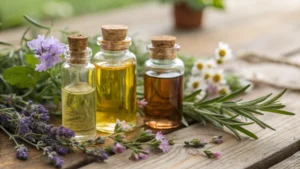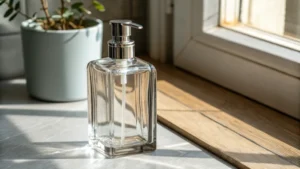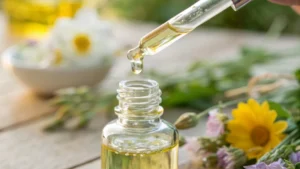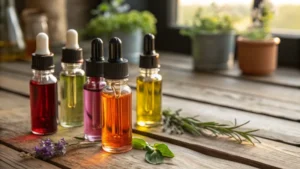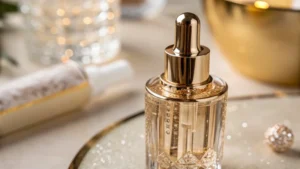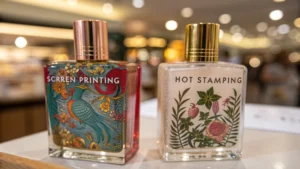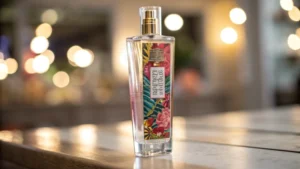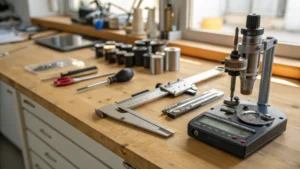
How to educate end-users on using glass droppers effectively?
This blog post explores effective strategies for educating end-users on the proper use of glass droppers. It highlights the importance of selecting quality materials, mastering handling techniques, and following maintenance tips to ensure accurate dispensing and prolong the lifespan of droppers. The article also discusses design variations in droppers that affect precision, such as narrow versus wide neck designs, and emphasizes the significance of cultural differences in user education. By tailoring educational content to different audiences—ranging from skincare enthusiasts to laboratory technicians—brands can build trust and improve user experiences with their products.

